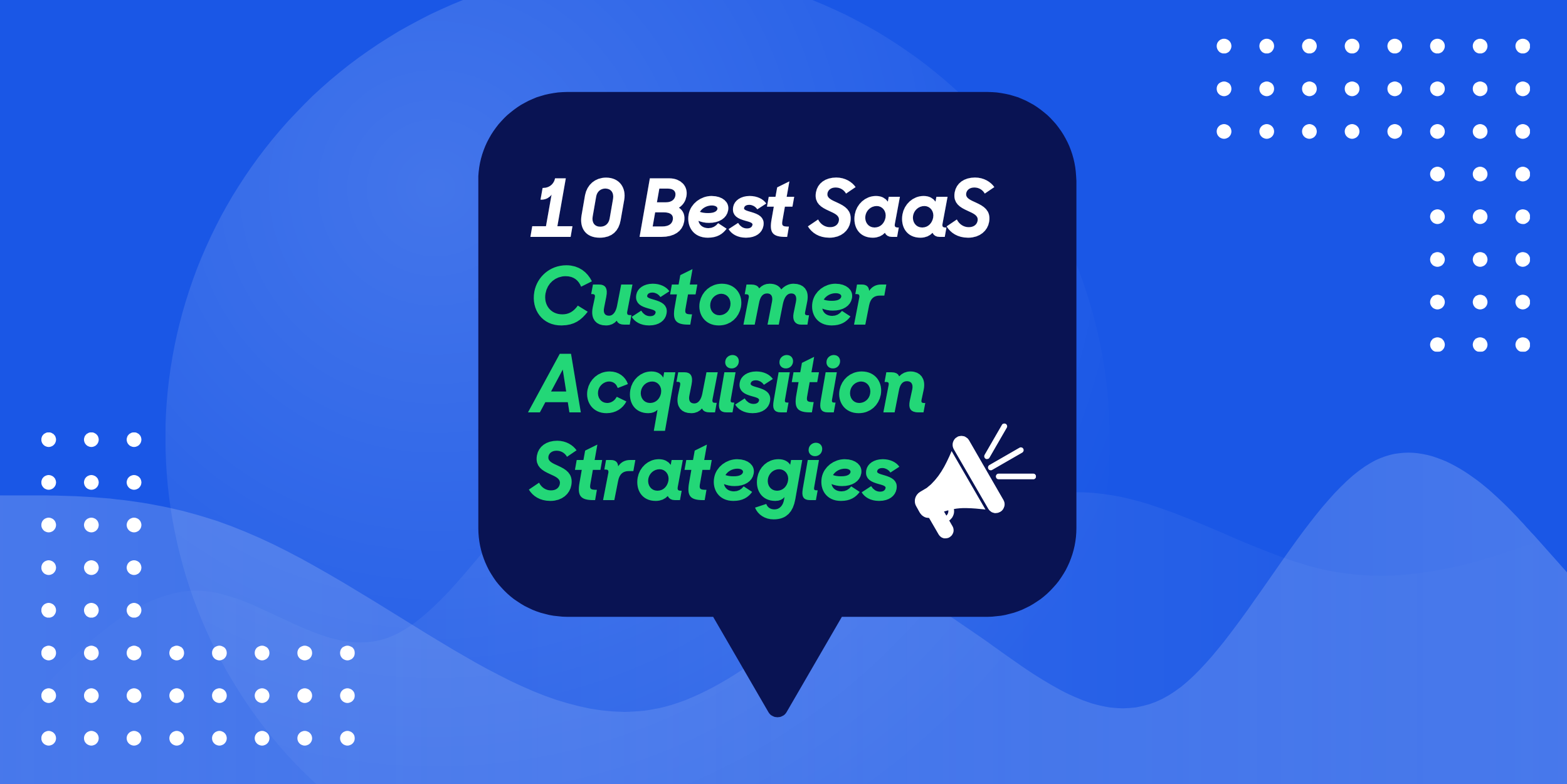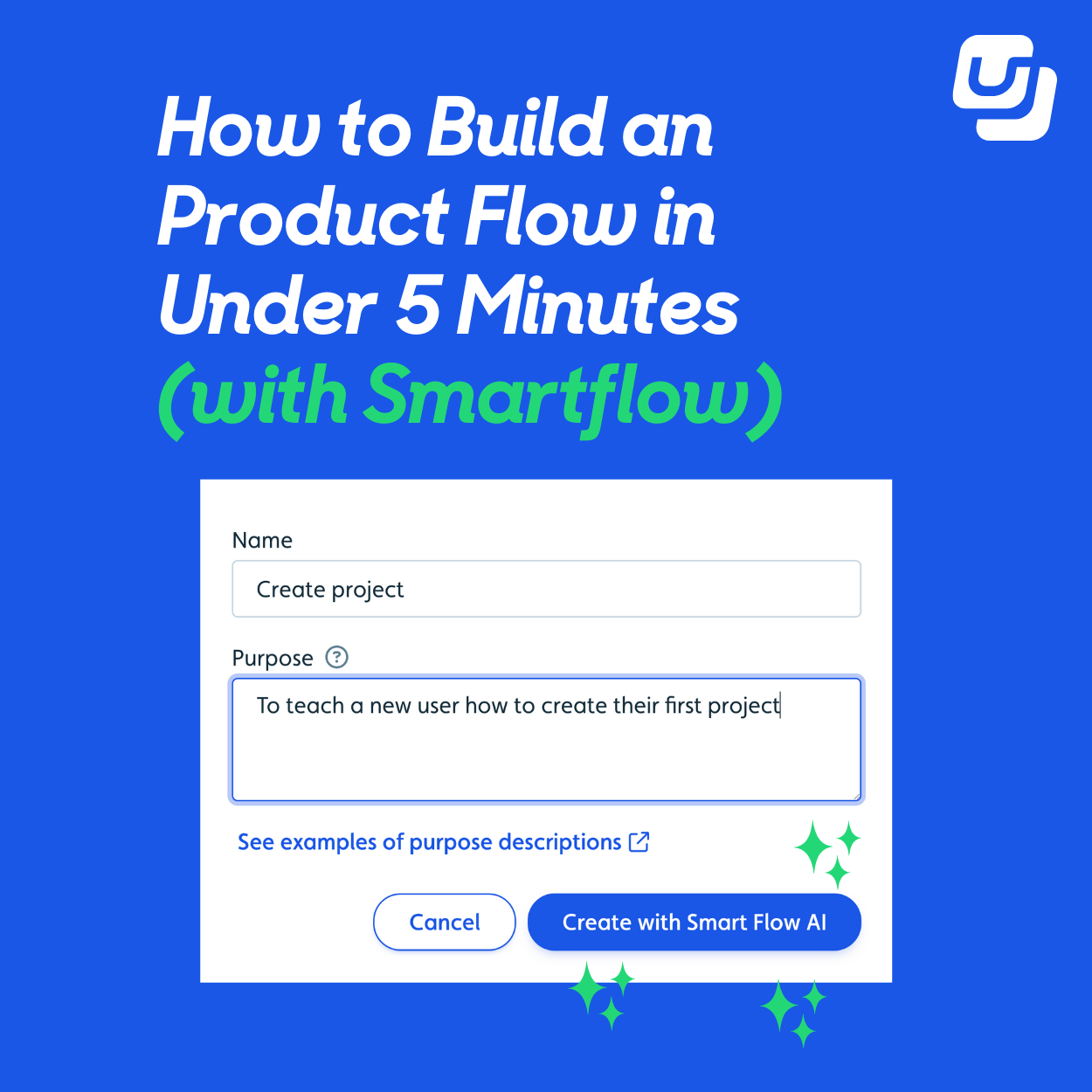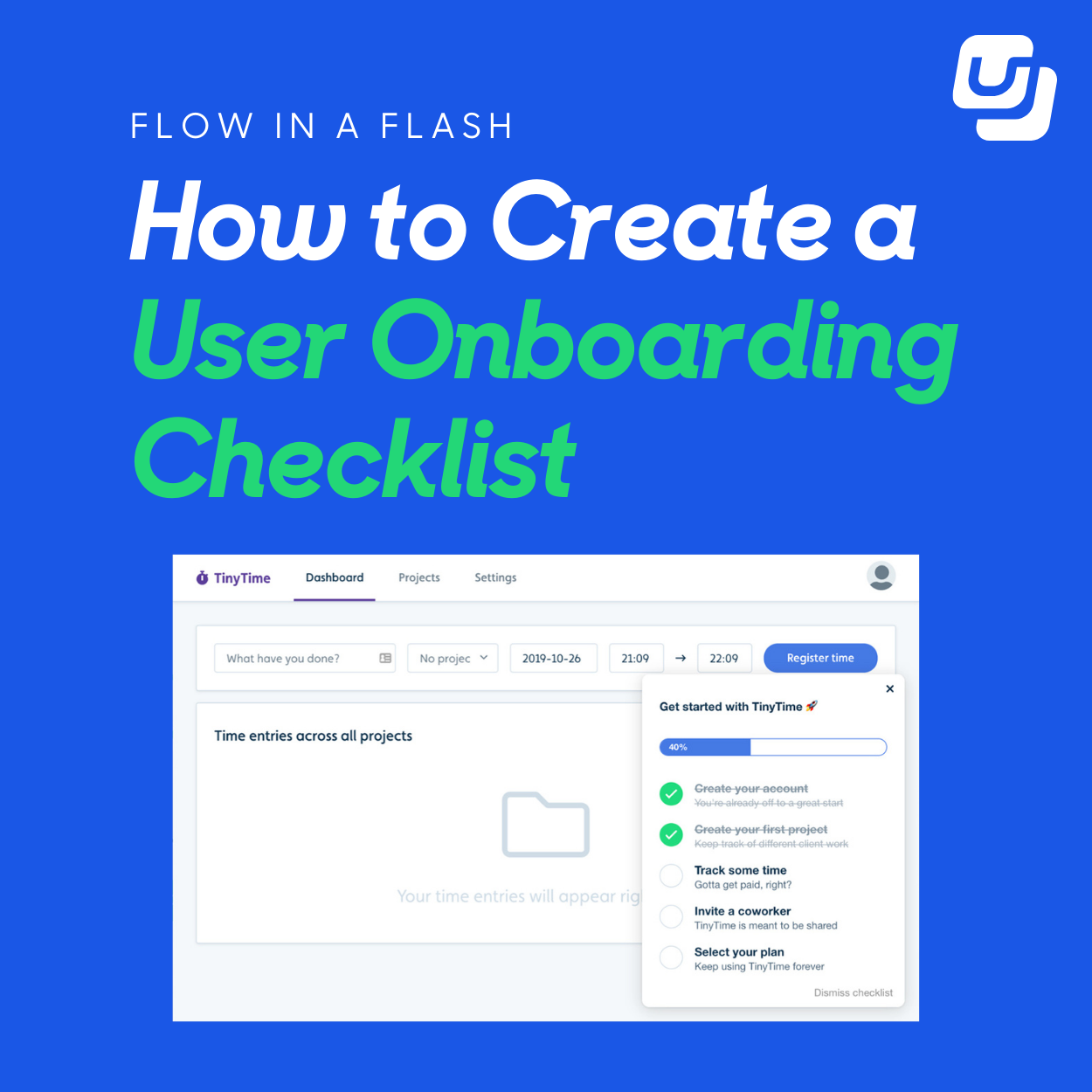What's customer acquisition? More users? More revenue?
Well here's the thing. It's not just about making numbers go up. It’s about doing so sustainably, scalably, and strategically. Every new customer should not only align with your ideal customer personas but also cost less to acquire than the value they generate over time. If you're brute forcing ads and boosting search engine traffic by flooding it with content, no matter how many users you may acquire, you might actually be shooting yourself in the foot instead.
That’s where a smart, data-backed customer acquisition strategy comes in. A great strategy aligns brand awareness, content marketing, and conversion optimization efforts into a repeatable engine that delivers consistent growth.
In this guide, we’ll walk you through:
- What customer acquisition really means in B2B SaaS
- The metrics that help you track and scale what works
- 12 smart ways to attract and acquire customers effectively
- How to engage users across channels and optimize every touchpoint
So, let's talk about how to turn awareness into growth, and growth into loyalty.
What Is Customer Acquisition in SaaS?
At its core, customer acquisition is the process of turning prospects into paying customers. In B2B SaaS, this often involves a mix of inbound and outbound campaigns designed to:
- Attract your target audience
- Communicate brand value quickly
- Convert interest into sustained product usage and payment
Customer acquisition is more than a transaction. It’s about building trust with the right audience through meaningful, personalized campaigns. Achieving this involves a coordinated effort across content marketing, email marketing, social media, search engine optimization and paid ads to build awareness and drive not just conversion, but also long term customer retention, as well as boosting the customer lifetime value.
Now, to do that, we need to talk about the numbers that matter.
Customer Acquisition Metrics You Should Care About
Metrics help you measure how efficiently and effectively you’re growing. If your customer acquisition cost (CAC) is too high, or if you’re not acquiring users who convert, you’ll struggle to grow profitably. A strategy without clear measurement is just guesswork.
Let’s start with the two pillars of acquisition math:
Customer Acquisition Cost (CAC)
CAC = (Total Sales + Marketing Costs) / Number of Customers Acquired
This tells you how much you’re spending to acquire a new customer. If your CAC is too high, your growth isn’t sustainable. Lowering customer acquisition cost is essential for scaling efficiently. The goal is to ensure that every marketing dollar spent results in a measurable return.
Customer Lifetime Value (CLV)
CLV = Average Revenue per Customer x Gross Margin x Average Lifespan
This tells you how much a customer is worth to your business over time. You want to increase customer lifetime value through better engagement and retention. A high CLV allows more flexibility in your CAC and provides a strong foundation for customer retention.
Otherwise, there are also:
- Search engine impressions: to measure brand visibility and SEO impact
- Click-through rates on paid ads: to optimize campaign messaging
- Email open and reply rates: to refine your targeting and messaging
- Conversion rates by channel: to identify what’s working
Aligning Your Strategy to Your Go-To-Market Model
Lastly, before we dive into specific strategies, let’s talk about how your go-to-market strategy (GTM) shapes your approach to acquisition.
Product-Led Growth (PLG)
PLG relies heavily on content marketing and in-app engagement tools. These help your audience acquire value directly from your product without needing to speak to sales. Your product does the talking, showing, and converting. This model thrives when your onboarding and activation experiences are seamless and engaging for your target audience.
Sales-Led Growth (SLG)
SLG emphasizes brand awareness, outbound email marketing, and retargeting ads to educate prospects. Referral programs also help unlock networks you may not reach via traditional channels. This model benefits from trust-building content and timely human interactions. Sales teams play a crucial role in guiding high-value personas through longer buying cycles.
Alternatively, you could be taking a hybrid approach that takes both in account.
Though the goal is essentially the same, which is to acquire customers efficiently while reducing CAC and improving retention, the approach to customer acquisition has to align with each GTM strategy style.
So keep that in mind.
12 Customer Acquisition Strategies for B2B SaaS
So we've set the stage. It`s now time to explore the most effective tactics for acquiring and retaining customers in SaaS. These customer acquisition strategies are designed to work together and span content, outreach, and conversion. Use them to build full-funnel momentum that supports both immediate conversions and long-term growth.
1. Product-Led Onboarding Experiences
Great onboarding reduces CAC by helping new users quickly realize product value, right from within the product itself.
Use:
- Guided checklists
- Interactive walkthroughs
- Tooltips and modals that engage without interrupting
When users are able to self-onboard and reach their “aha” moment faster, your chances of conversion skyrocket. Strong onboarding decreases churn, builds early trust, and creates long-term engagement that supports retention and future upsells. It also builds product confidence, encouraging users to upgrade or refer others, which are powerful drivers of low-CAC acquisition.
2. Content Marketing With Intent and Patience
There's a reason why it's the oldeste trick in the book. Good content just works. As long as you put out high quality content that actually helps people, you can build a scalable long-term customer acquisition engine.
Here are some best practices:
- Optimize for relevant search engine keywords
- Create use-case content for every stage of the funnel
- Repurpose content across multiple channels (email, social media, blog)
Remember, content shouldn't just attract your target audience. It has to educate, nurture, and convert. That means you can't just whip content out willy nillly. You need to have the patience to build a high quality portfolio of content over a long period of time. As long as you remember that, you'll do well.
3. Targeted Email Marketing Campaigns
Along with content, email still remains to be one of the most widely used marketing channels available. It's direct, it often yields high engagement. But it can be difficult to nurture since 1. you need to collect those emails in the first place and 2. your content might go straight in the bin.
To avoid that, you've got to carefully target your email lists and actually offer something that they'd be interested in reading.
Try focusing on:
- Segmented lists by persona and lifecycle stage
- Triggered flows based on behavior
- Onboarding series and educational drips
The most effective thing on email you can do is to build a narrative, highlight success stories, and invite action. It’s your most cost-effective way to maintain a consistent voice and convert prospects into buyers.
4. Referral Programs That Reward Loyalty
A strong referral program helps you acquire high-fit customers at a fraction of the cost.
Tips to maximize impact:
- Reward both the referrer and referee
- Promote through in-app notifications and email marketing
- Track success through analytics and iterate often
Your best customers often know others just like them. A well-structured referral program uses that trust to create high-quality leads that are more likely to convert and stick around. It’s one of the most cost-effective ways to scale your customer base organically while building long-term loyalty.
Airtable is a strong example. They use a one-sided referral system where users earn $10 in app credit for every successful invite. The referral dashboard makes it easy to track rewards, manage invites, and share links—all within the product experience. This approach reinforces product value while incentivizing growth, making referrals feel like a natural part of using the tool.
5. SEO and Organic Search Growth
People keep saying SEO is dead, but it's —it just needs to be more creative. Yes, you still need keyword research and technical hygiene. But innovative execution changes the game.
To win in SEO:
- Prioritize buyer-intent keywords
- Optimize metadata and site structure
- Build content clusters with clear internal linking
- Go for long tail keywords.
SEO compounds over time. It delivers consistent, high-intent traffic and reduces reliance on expensive paid ads. Invest early and iterate often, and don't ignore long tail keywords just because they have low volume.
Just ask Zapier. They created 25,000+ long-tail landing pages for every app integration combo (e.g. “Slack + Airtable”), pulling in 7.3M organic visitors/month. SEO at scale works—if it’s paired with actual user value.
6. Paid Ads That Convert (SEM & Social)
Paid ads provide speed and targeting accuracy. Use:
- Google Ads and Bing Ads for high-intent keywords
- LinkedIn and Facebook ads to drive brand awareness
Paid acquisition can be expensive, so track CAC carefully. But when optimized, it allows you to test messaging fast, validate new markets, and scale successful offers. These ads are especially useful in reaching untapped audience segments and speeding up acquisition for product launches or new campaigns.
7. Social Media That Engages and Educates
Social media offers multiple touchpoints to connect with prospects, amplify content, and reinforce brand awareness.
Effective social media strategy includes:
- Promoting content marketing assets
- Running ads for awareness and retargeting
- Engaging your audience with updates, polls, and Q&As
Don’t treat social media as a broadcast channel. Use it to engage, learn, and share value in real time. Social is also a powerful space for social proof and customer testimonials that influence decision-makers. Smart brands use social to build community and drive low-cost acquisition.
8. Affiliate Partnerships and Co-Marketing
Affiliate campaigns, when tracked well, deliver leads with built-in credibility. These campaigns can deliver quick wins and scale over time as part of your acquisition tactics mix. Similarly, partnering with complementary brands lets you access new audiences and acquire customers in trusted environments.
Extend your reach through:
- Strategic integrations
- Affiliate marketing programs
- Co-branded webinars and ebooks
A great example is Freshworks, which used PartnerStack to manage and grow its affiliate ecosystem across a large suite of SaaS products. With a single platform handling onboarding, tracking, and payouts, Freshworks streamlined operations and deepened partner relationships. The result? 30% year-over-year growth in affiliate-sourced MRR—proof that when you invest in the right infrastructure, affiliate channels can scale fast and sustainably.
9. Community Building and Events
Strong communities support acquisition and retention. They reduce CAC by turning members into advocates and contributors. Use events and forums to spark conversations that attract and convert. A strong brand community attracts high-quality personas and contributes to long-term customer retention.
- Webinars
- Slack groups
- Industry-specific roundtables
A great example is Notion's Ambassador Program, which nurtured global groups of power users who ran events, created tutorials, and spread the word organically. That grassroots momentum built loyalty and drove sign-ups at scale.
10. Video and Visual Content
There's a reason why everyone is getting on the video bandwagon, whether it's short form or long form. Video improves engagement and builds brand authority.
Create:
- Explainer videos and feature walkthroughs
- Customer testimonials with real voices
- SEO-optimized YouTube series
Video builds emotional connection and makes abstract value concrete. Bonus: it also boosts landing page conversion rates and email engagement.
GfK took it up a notch. Their CMO debated an AI-powered robot in a viral campaign titled “Human vs. AI.” The stunt earned 7M impressions and won a B2B Marketing Award—proof that bold creative can punch above its weight.
Choosing the Right Mix for Your Audience
The best customer acquisition strategy meets your audience where they are, aligns with their goals, and builds brand trust. Combine:
- SEO and content marketing for organic discovery
- Paid ads and social media for faster traction
- Referral programs for scale
- Email marketing for nurture
Test frequently, engage deeply, and focus on optimizing CAC over time. Your strategy should be a system—not a series of one-off campaigns. Adapt as your audience evolves and continue refining your messaging and touchpoints to remain relevant. Personas change—your tactics should, too.
Customer Acquisition Is About the Attitude You Bring
Here's the bottom line: There is no silver bullet to customer acquisition. Getting more leads, raising conversion, and lowering your CAC, are all about doing the hard thing: building meaningful, sustainable relationships with your target audience.
And that isn't just about what customer acquisition strategy you use. It's about how you approach your audience, whether through email marketing, referral programs, social media, or search engine tactics. You need to always put your customer first, and think from their point of view.
And when you build your ads, your content, and your funnels with that intent in mind, your acquisition efforts compound, loyal customer base that fuels your next phase of growth.
Want to get started by refining your product onboarding? Userflow helps B2B SaaS teams build custom onboarding flows, in-app checklists, and product tours that accelerate adoption and drive conversions. No dev time required. Try it today and start turning signups into successful users, faster.
CONTENTS













%20(2).png)









